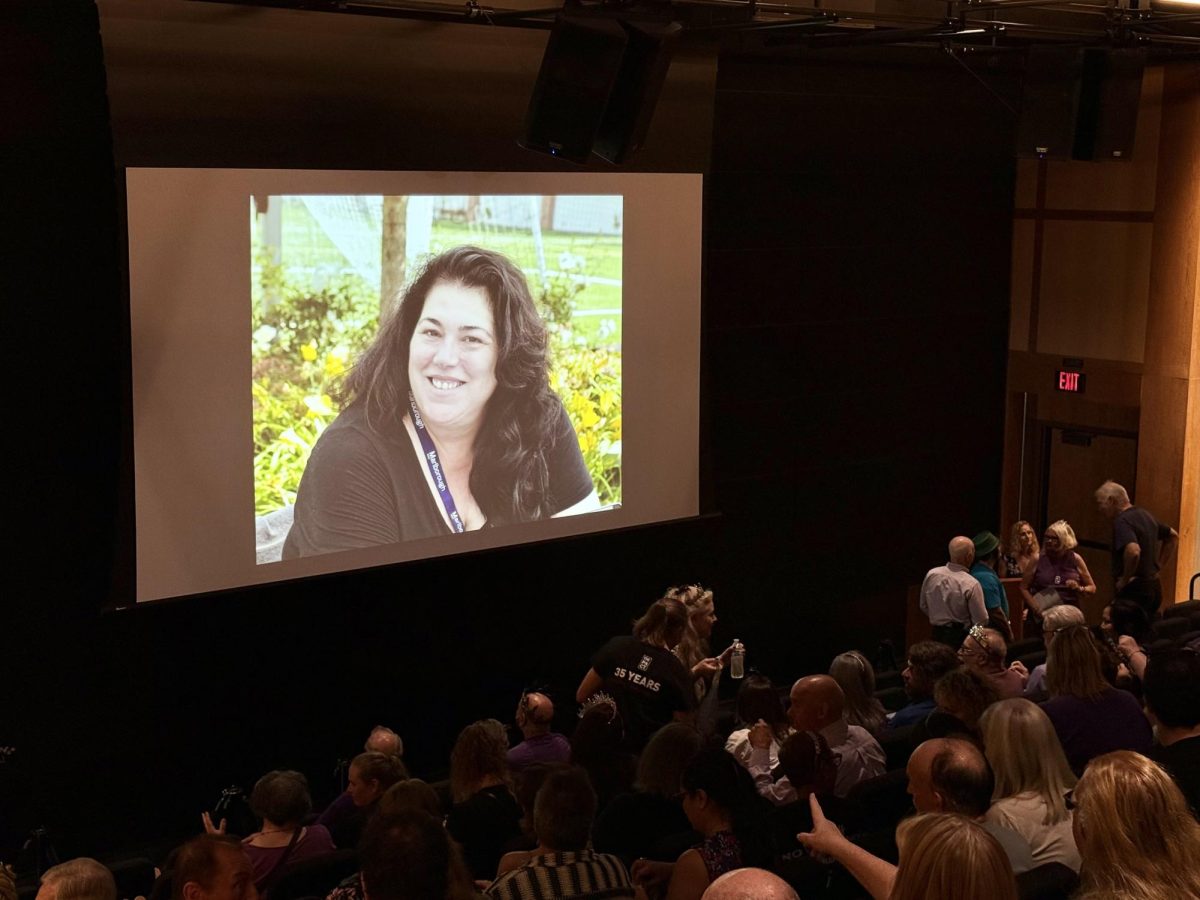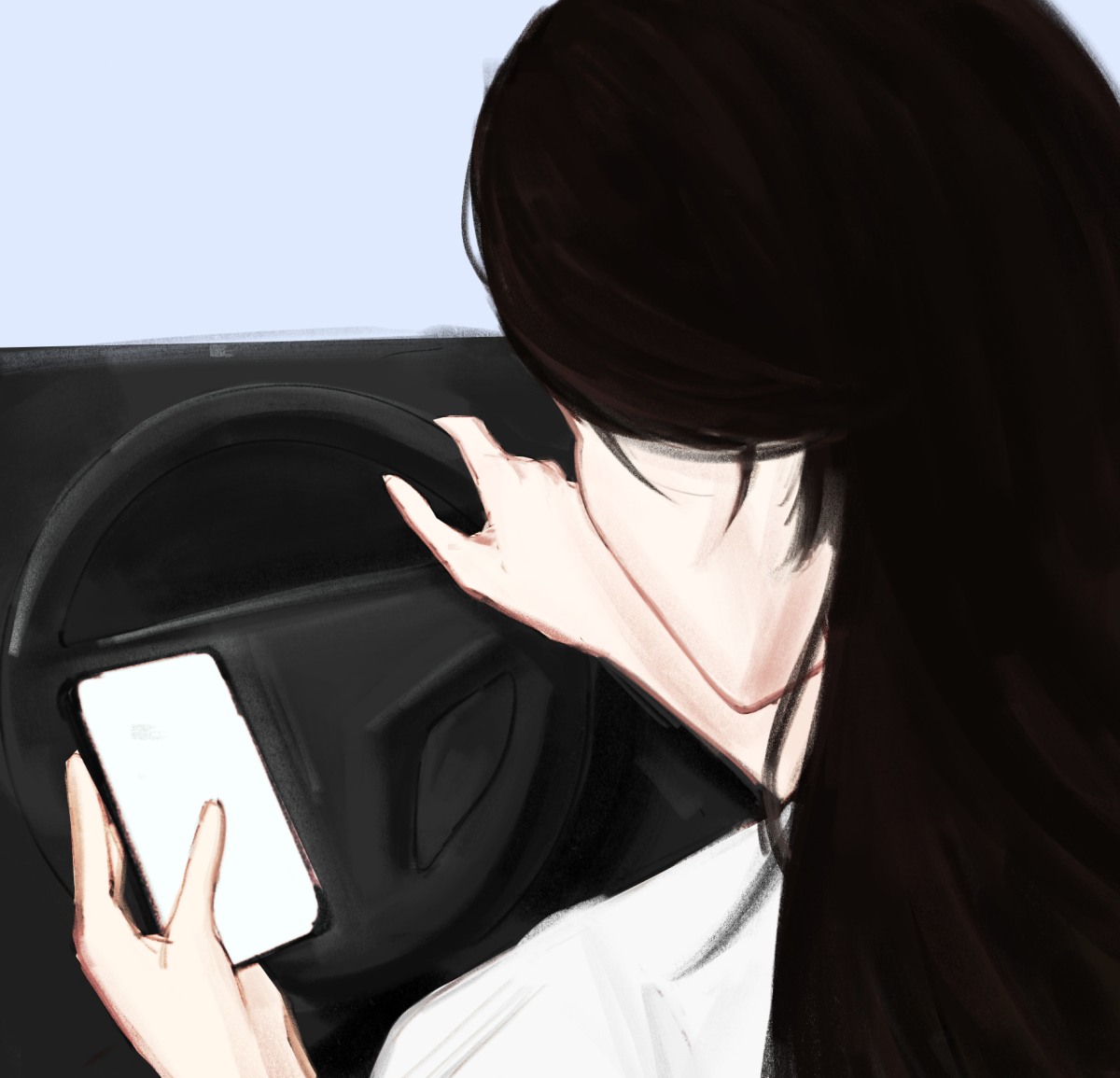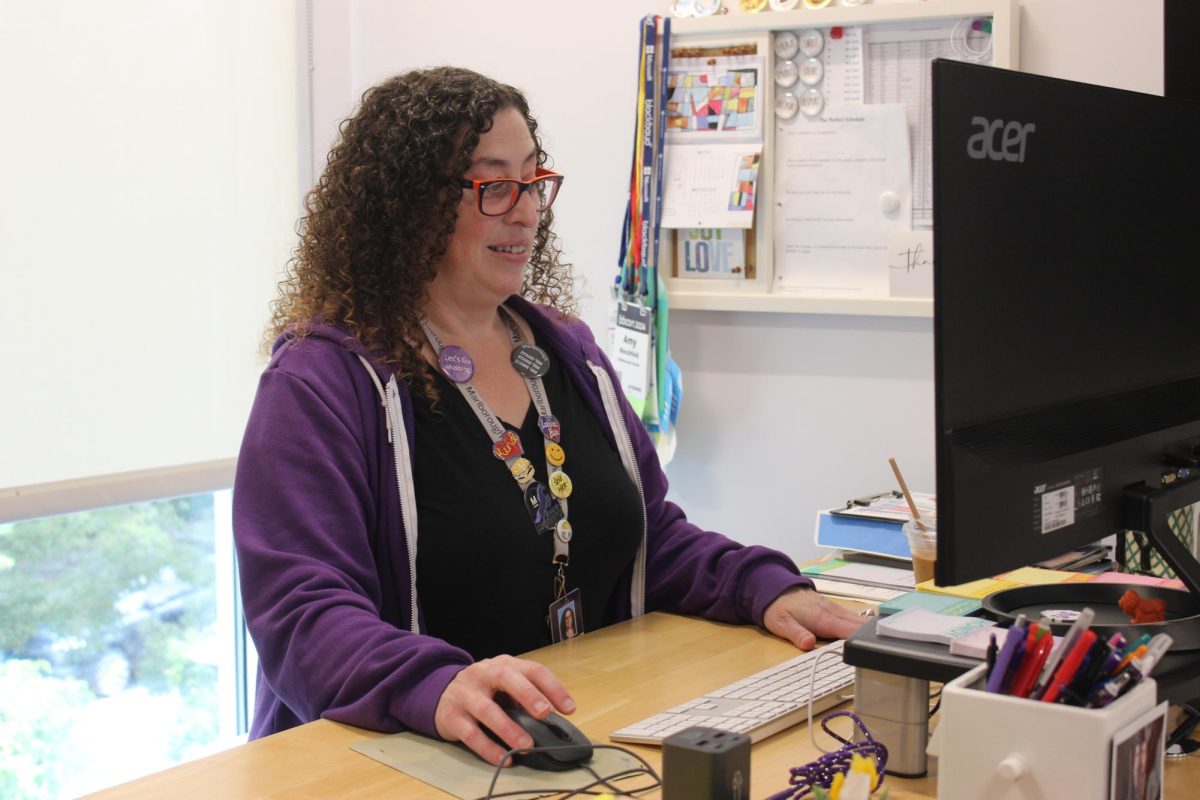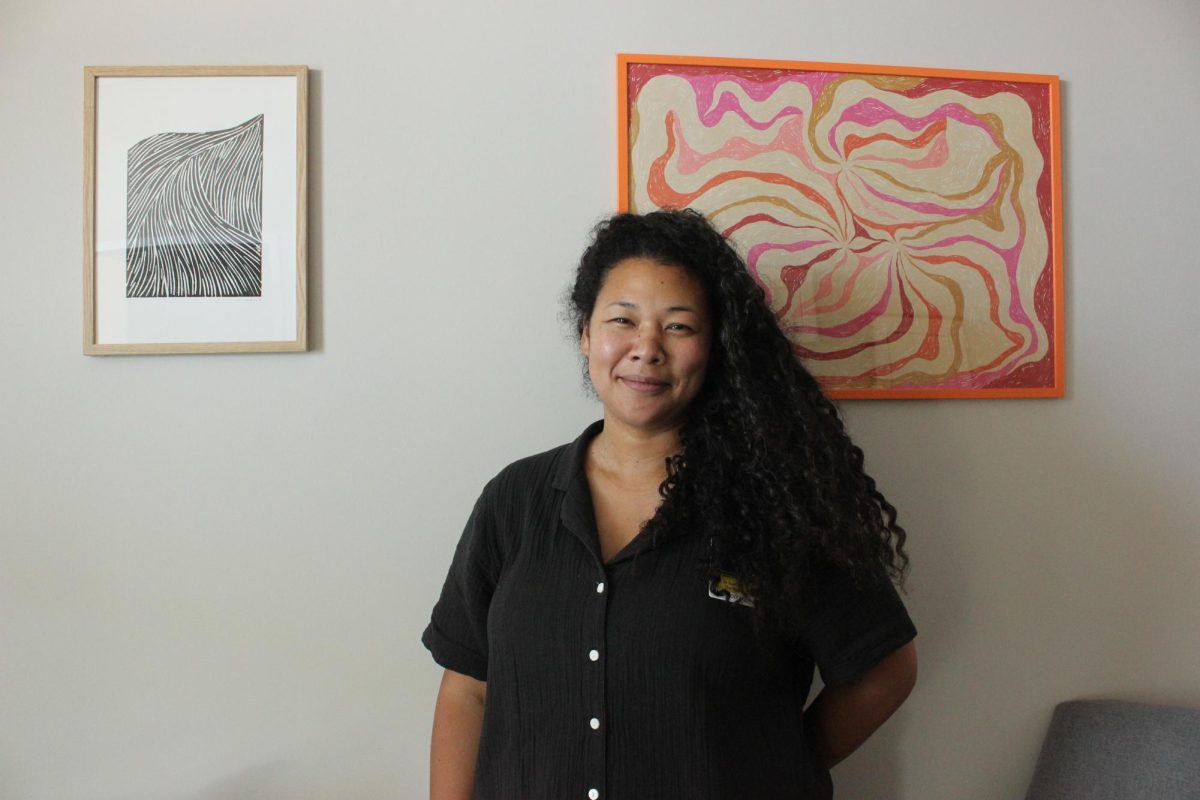
In the spirit of unlucky superstition, Marlborough has been closed since Friday, March 13 due to the coronavirus pandemic. While school may be closed, schooling has gone on, and Marlborough, along with most other schools and universities, has made the complete transition to distance learning. The online learning model presents many obstacles to students and teachers alike, particularly when it comes to taking exams and other assessments.
A universal challenge across all departments due to the online learning model is the difficulty of taking tests by hand. Mathematics Department Head Melissa Banister says that mathematics is usually best done by hand as opposed to typed, so students have had to scan and take photos of multiple pages of tests and homework assignments.
“Unless something is multiple choice, we most likely do want to see our students’ written work. Also, if someone doesn’t have a working printer, we need to be flexible and let them write the test on separate paper,” Banister said.
Students are also frustrated that the online learning model makes it difficult to take tests by hand.
“I like to take notes on and annotate my tests, so it’s hard to take tests online because I can’t write on my papers anymore,” Allyson ’21 said.
World Languages Department Head Elizabeth Vitanza also fears that the shift to virtual learning will impair language learners’ grasp of key concepts.
“One of my biggest concerns, especially for our younger students, is that writing by hand is really important to solidify the learning, and I worry about the overload of screen time,” Vitanza said.
Vitanza, like many math teachers, has told her students they can complete their assessments by hand and then take a scan or photo of it. While the multitude of scans and photos are burdensome to organize and grade, Vitanza finds that distance learning lends itself to feedback on written work, while evaluating oral assessments during distance learning is extremely time consuming.
“If a student has a ten minute Screencastify of my nagging them about conjugations, they are more likely to be receptive to feedback, whereas before, if I just handed back a paper test and said let’s talk about this, maybe it would happen and maybe it wouldn’t,” Vitanza said. “On the other hand, it’s much easier to correct a student live in class than to sit and listen to 15 to 20 audio recordings that are each about five minutes and give feedback.”
English Co-Department Head David Long shared that the English Department has not been impacted by the switch to distance learning as much as other departments because the nature of English assessments are easily adaptable to online learning.
“There’s only so many ways one can write a paper or complete an in-class essay, so I don’t think we’ve faced challenges beyond having to recalibrate the way in which we distribute prompts and have students sit for exams,” Long said. “Students are expected to write their essays during the allotted class time with some extra minutes at the end to submit their essays electronically.”
Long pointed out that unlike traditional in-class essays, distance learning in-class essays are typed. Despite Allyson not having the luxury of making notes on her online exams, distance learning has proven to be a positive transition in her writing-heavy English and history courses.
“Most assessments for AP English Literature and Modern World History Honors are essays, and typing at home is much easier than handwriting in class,” Allyson said.
While most departments have not established a universal protocol for at-home testing, many assessments, especially in math and science, have become open-book.
“We’re at a point in the year where it makes sense for tests in some of my classes to be open notes anyway, since there is so much material that we have learned,” Banister said.
Science Department Head Lisa Ellis outlined a similar strategy, stating that the Science Department is administering more open-resource testing in all classes, from 7th grade up to AP Chemistry.
However, many tests are still closed-note. The Honor Code is of particular importance now that tests are no longer proctored, but teachers are generally relying on student integrity rather than enforcing the Honor Code more than usual.
“We’re fortunate to have an Honor Code, as without it, I’m not sure how we could maintain a somewhat normal assessment schedule,” Long said.
Despite the numerous complications that come with at-home testing, distance learning has eased some stress for students with test accommodations, including Mila ’20.
“I don’t have to find a time that works for both my teacher and me in my busy schedule to arrange for extended time anymore. I can now just take the test whenever it is convenient for me without having to worry about scheduling conflicts, which has alleviated a lot of my anxiety surrounding exams,” Mila said.
Mila also receives accomodations for distraction-reduced settings, and she expressed that she has been able to focus much better in the comfort of her own room, as nobody else is there to distract her.
Mila’s observations, however, are not universal. Kate ’22 finds that being in the setting of her bedroom and house makes it a lot easier to get distracted and become unfocused, causing testing at home to be more difficult.
“Being in a silent room with a teacher and other students doing the same thing is super helpful in staying focused,” Kate said. “However, since distance learning has been such a big change for everyone, I think teachers have been going the extra mile and doing an exceptional job in preparing us for assessments, which I appreciate.”







